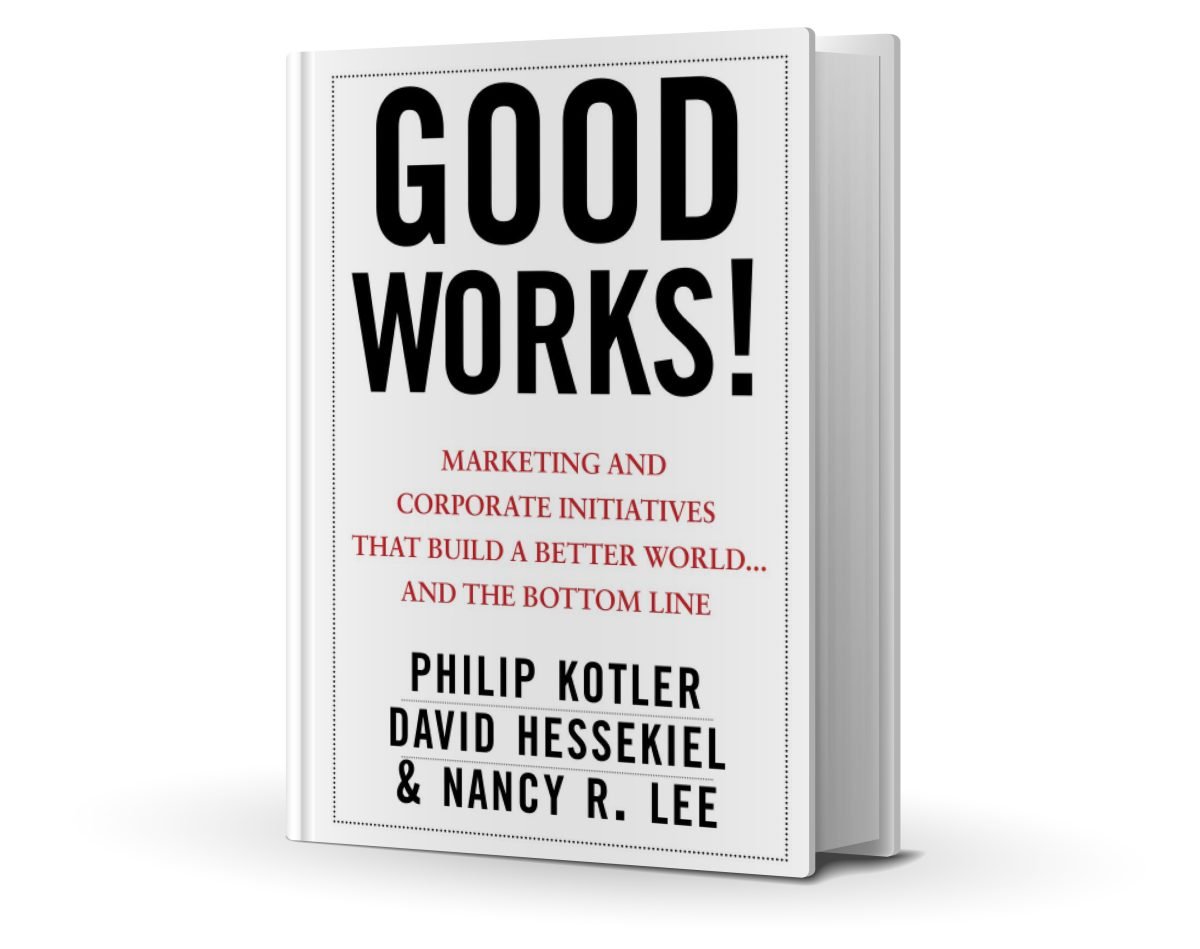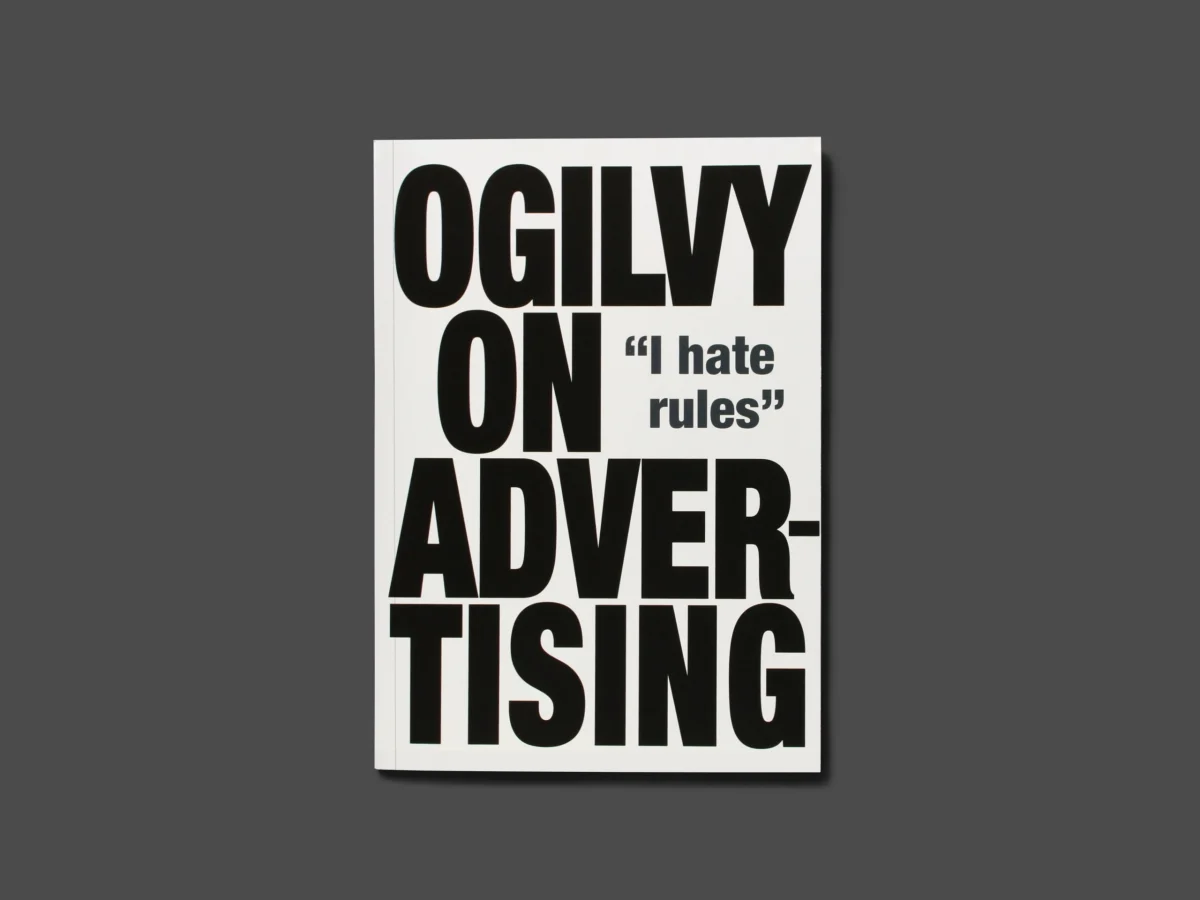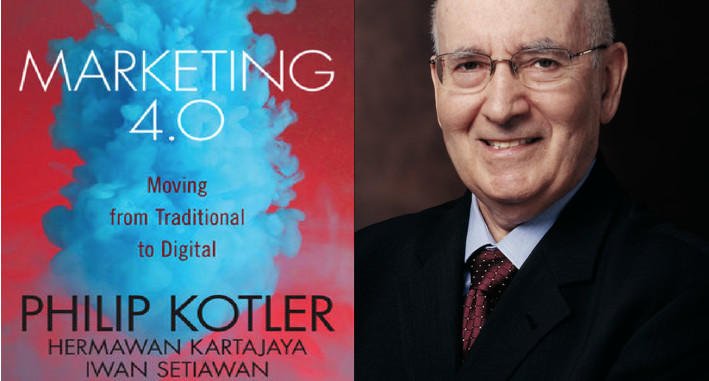Marketing meetings are essential for aligning teams, brainstorming ideas, and tracking the progress of ongoing campaigns. A well-structured marketing meeting can boost productivity, enhance communication, and help allocate resources effectively. This article covers the key aspects of planning a successful marketing meeting, ensuring active participation, and assigning job responsibilities efficiently.
1. Planning the Meeting: Structure and Agenda
Planning is the foundation of any successful marketing meeting. To ensure productivity, the meeting must be well-structured with a clear objective in mind. Here’s how to plan it effectively:
a. Define the Meeting Purpose
Every meeting should have a purpose. Ask yourself what you want to accomplish:
- Are you planning a new campaign?
- Do you need to analyze the performance of a current project?
- Is the meeting focused on resolving roadblocks in execution?
Setting a clear purpose prevents unnecessary discussions and keeps the meeting focused.
b. Prepare a Detailed Agenda
An agenda outlines the topics to be discussed and helps participants prepare in advance. A detailed agenda should include:
- Objectives: The expected outcomes of the meeting.
- Topics for discussion: Highlight each topic, breaking them into sub-points for clarity.
- Time allocation: Assign a time slot to each topic to avoid spending too much time on any single item.
- Action points: Identify key actions expected to be achieved by the end of the meeting.
c. Choose the Right Participants
Include key team members who are critical to the meeting’s objective. This may involve:
- Marketing team members (content, design, digital, etc.)
- Sales and customer service representatives for alignment
- External vendors or partners, if needed
Avoid including too many people, as this can lead to disorganization or digression from the agenda.
d. Set a Convenient Time and Location
Ensure that the meeting is scheduled at a convenient time for all participants. For remote teams, ensure the platform (Zoom, Microsoft Teams, etc.) is functioning well. For in-person meetings, reserve a conference room with the necessary equipment such as projectors or whiteboards.
2. Facilitating Active Participation
Active participation is key to achieving productive discussions and innovative ideas in a marketing meeting. Here’s how to foster engagement:
a. Encourage Pre-meeting Preparation
Distribute the agenda well in advance to allow team members to prepare their thoughts and input. Assign specific people to present certain topics, ensuring accountability and active engagement.
b. Open the Meeting with Clear Goals
Start the meeting by restating its purpose and the goals to be achieved. This provides clarity to participants and sets expectations for active involvement.
c. Foster Open Communication
Create an environment where everyone feels comfortable sharing their ideas, insights, and concerns. Encourage team members to:
- Provide feedback on ongoing campaigns
- Present new ideas for future campaigns
- Ask questions or seek clarification on tasks
However, keep conversations focused on the agenda to prevent unnecessary tangents.
d. Use Collaborative Tools
Make use of collaboration tools like Google Docs, Slack, or Miro boards to allow team members to contribute in real-time. These tools are particularly effective for brainstorming sessions or sharing updates during the meeting.
3. Effective Job Allocation: Delegating Tasks and Responsibilities
Once the marketing meeting achieves clarity on the next steps, it’s critical to assign tasks efficiently.
a. Assign Roles Based on Strengths
Delegate tasks based on each team member’s expertise and strengths. For example:
- Content creation should go to copywriters and content marketers.
- Social media management should be handled by the digital marketing team.
- Analytics and reporting should be given to those adept at data interpretation.
This ensures that tasks are completed efficiently and by those best suited to the job.
b. Use SMART Goals for Task Assignment
When assigning tasks, ensure they follow the SMART criteria:
- Specific: Clearly define what needs to be done.
- Measurable: Outline metrics or KPIs to measure success.
- Achievable: Ensure the task is feasible given the time and resources available.
- Relevant: Align the task with broader marketing objectives.
- Time-bound: Set deadlines for each task.
For instance, instead of saying “Improve social media engagement,” you can say, “Increase Instagram engagement by 15% over the next month by launching a user-generated content campaign.”
c. Clarify Roles and Accountability
Clearly communicate who is responsible for each task, who will provide support, and who will oversee the final output. Designate a team leader or project manager to monitor the progress of the tasks assigned and report on updates regularly.
d. Track and Monitor Progress
Use project management tools like Trello, Asana, or Monday.com to keep track of progress. These platforms allow teams to assign tasks, set deadlines, and monitor their completion. Regular updates and check-ins should be scheduled to ensure tasks stay on track.
4. Post-Meeting Follow-up and Communication
After the meeting, effective follow-up ensures that decisions are implemented and tasks are completed on time. Here’s how to manage post-meeting actions:
a. Share Meeting Minutes
Circulate a summary of the meeting that includes:
- Key decisions made
- Action items with assigned responsibilities
- Deadlines for each task
- The next meeting date (if applicable)
b. Set Up Follow-up Check-ins
Schedule follow-up meetings or check-ins to review progress on the tasks discussed. This ensures that the meeting’s objectives are being met and that any challenges are addressed early.
c. Evaluate the Meeting’s Effectiveness
Encourage feedback on the meeting’s structure, participation, and outcomes. Continuous improvement will lead to more effective meetings in the future.
Planning a successful marketing meeting involves clear objectives, detailed agendas, and a well-selected team of participants. Active participation from all team members drives productive discussions, while efficient task allocation ensures that marketing campaigns are executed with precision. By following up on tasks and continuously improving the meeting structure, marketing teams can achieve better alignment, collaboration, and overall campaign success.







